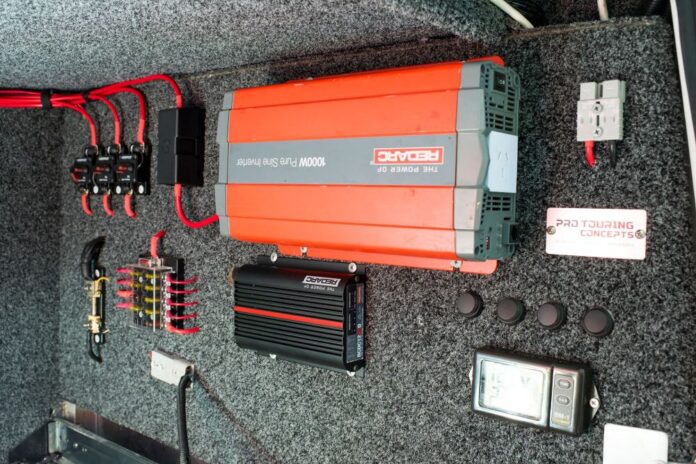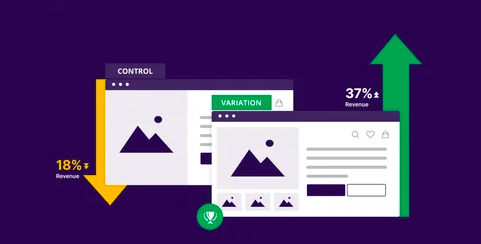When you’re shopping for an inverter, it’s important to find one that matches the needs of your home. Inverters come in different sizes, with some more powerful than others, which you need to consider before choosing the right one for your situation. In this guide, we’ll explain how to determine the right inverter size for your home or business so you can choose the most efficient model and save energy costs along the way.
1st Step: Decide how many devices you want to plug in at once
If you want to run a lot of devices, you’ll need a bigger inverter. If you only want a few devices plugged in at once, even a small inverter will be more than enough. When figuring out how many watts you’ll need from your inverter, think about how many lights and appliances you’d like to use simultaneously. For example, if you want to run two lamps and a fan while watching TV on an older model TV that doesn’t have built-in speakers, you might need an inverter with around a higher capacity.
All the running devices and electrical appliances combine to form your home’s electrical load. To meet the total electrical load, you need a suitable inverter that would fulfill the requirement. This is why it is important to know how much power is required by each appliance or device you want to run simultaneously.
2nd Step: Calculate how much wattage each device needs
A computer, monitor, and printer typically consume 100-300 watts combined when turned on. Larger items such as refrigerators or freezers can pull 1,000 watts or more. Calculate how much wattage you’ll need by adding up all of your devices. This will give you a rough estimate of how many watts your inverter should be able to handle.
A home inverter should be able to handle between 1,000 and 2,000 watts. If you have more than one device that needs a lot of power, you’ll need a larger inverter. On average, an inverter will convert about 90 percent of its rated wattage into usable power. This means that if your inverter is rated at 2,000 watts it will actually produce around 1,800 watts of usable power.
3rd Step: Select Continuous vs. Peak Power Inverter Outputs
First, it is important to determine whether your needs are best served by a continuous power supply or a peak power performance. The continuous power rating is how much electricity an inverter can supply on average over time. The peak power rating refers to how much electricity an inverter can provide in short bursts of time.
For example, if you plan to use an air conditioner during hot summer days, you will need a high peak power inverter because air conditioners consume large amounts of energy when they first start up and when they switch from cooling to defrosting mode. A 12V 3000W inverter provides 3000W of continuous power and up to 6000W of Peak Power. Therefore, it is generally a good idea to opt for continuous power if you will be running high-power appliances such as air conditioners, electric heaters, and refrigerators.
Final Words
Selecting a properly sized inverter is an important first step in getting your power system up and running. To get started, you’ll need to know how much power your home consumes on average. It is recommended that always choose an inverter with a capacity greater than or equal to your peak consumption. For example, if your household uses 2 kilowatts (kW) of electricity during its highest hour of demand each day, it would be best to select an inverter rated at 3 kW or more.































